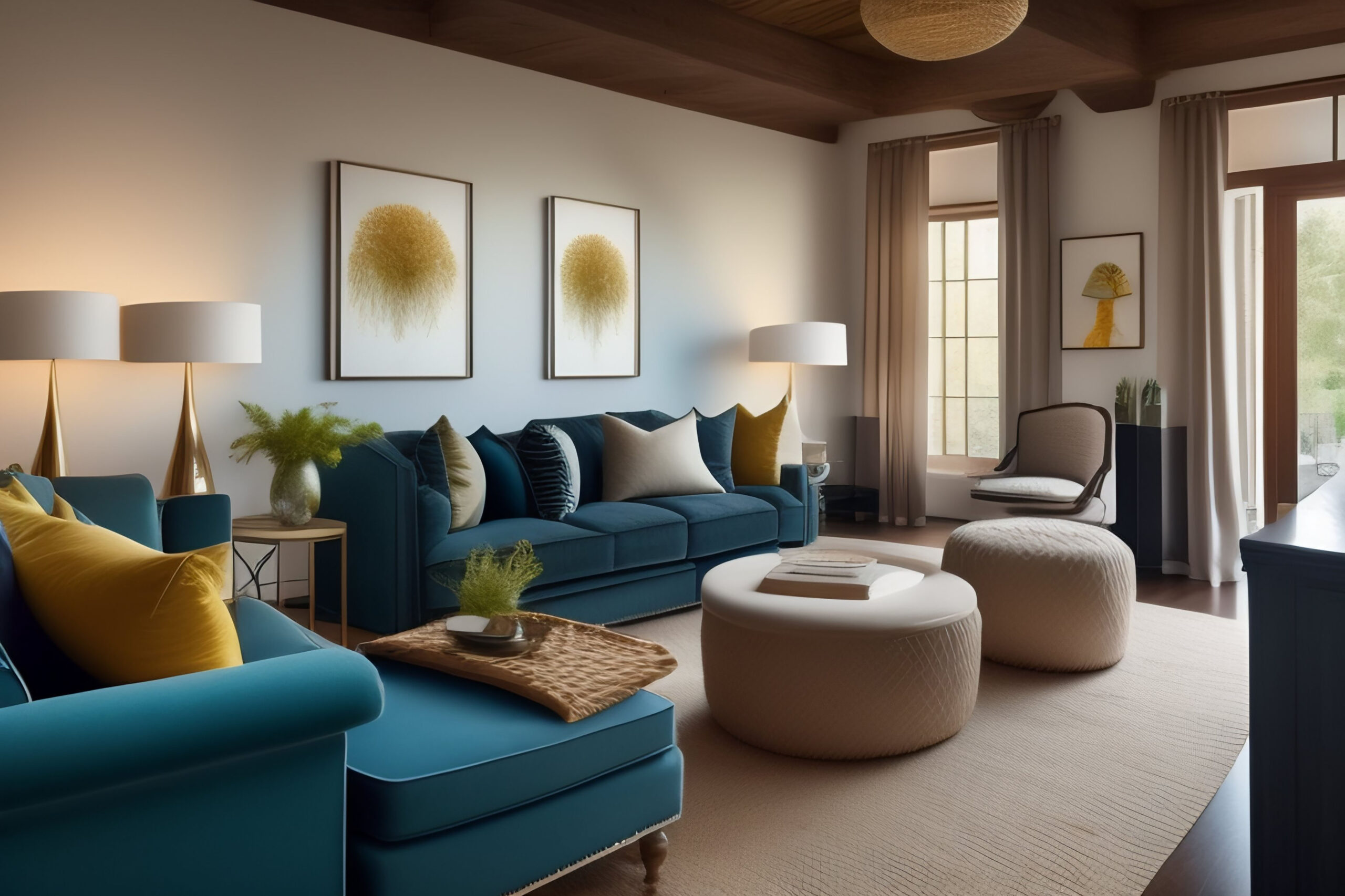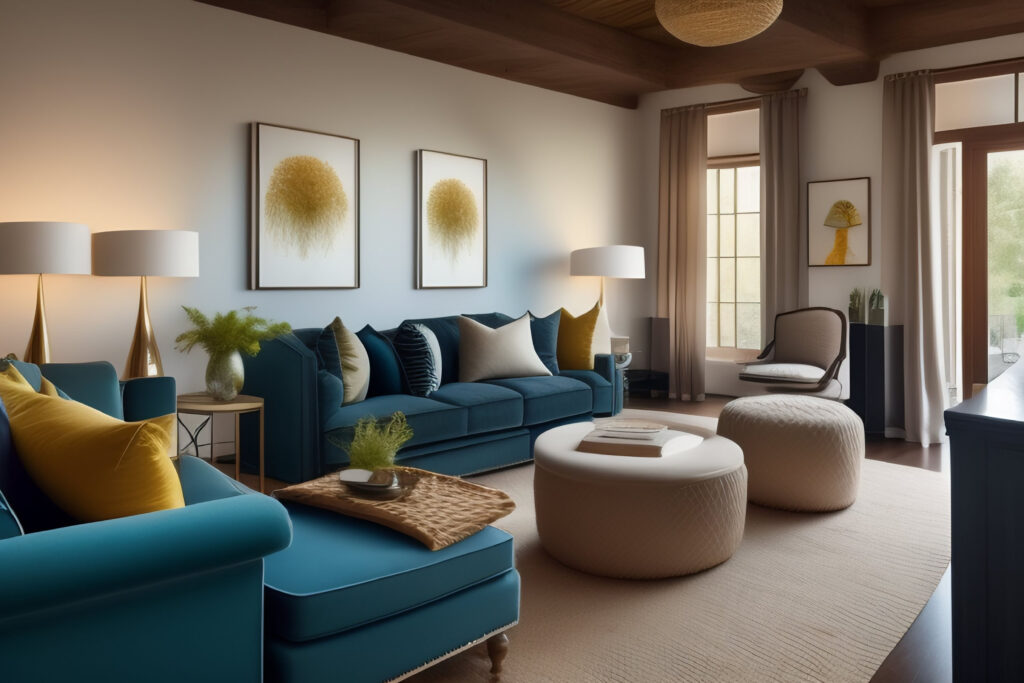each of the mentioned types of wood used in furniture making:
Oak is a type of hardwood that is well-known for its strong, long-lasting nature and distinctive grain pattern. There are two main types of oak: Red Oak and White Oak. Oak is commonly chosen for furniture and flooring due to its durability.
Maple, on the other hand, is another hardwood that has a smooth grain and light color. It is highly valued for its hardness and ability to withstand wear and tear, making it perfect for furniture, especially in modern and contemporary styles.
If you’re looking for a dark, reddish-brown hardwood with a fine grain and high durability, then Mahogany is the right choice for you. It has always been a popular option for high-quality and antique furniture.
Cherry wood has a beautiful reddish-brown color that deepens over time, giving it a rich and elegant appearance. Its smooth grain makes it a favored choice for high-end furniture, as it develops a luxurious patina as it ages.
Walnut is a dark hardwood with a warm and rich appearance. It is often used in high-end and contemporary furniture due to its unique color and distinct grain pattern.
For a more affordable option, Pine is a light-colored softwood that is commonly used in country or rustic-style furniture. It is valued for its affordability and adds a cozy charm to any space.
Teak, on the other hand, is a tropical hardwood renowned for its resistance to decay and insects. This makes it a popular choice for outdoor furniture. Its distinctive golden-brown color adds a touch of elegance to any setting.
Ash, a hardwood with a pale yellow to light brown color, features a straight grain and is versatile enough to be used in both traditional and modern furniture designs.
Birch is a light-colored hardwood with a fine grain that is often used in contemporary furniture. It gives a clean and modern appearance to any space.
Mango wood is a sustainable option that displays a unique grain pattern. Ranging in color from light to dark brown, it is used for furniture and decorative items, adding an exotic touch to any interior.
Rosewood, a dark hardwood with distinctive grain patterns, is highly sought after for its beauty. It is commonly used in high-quality and luxury furniture pieces.
Cedar, a softwood with aromatic properties, is frequently used for furniture such as chests and closets. It is resistant to decay and insects, which makes it a practical choice.
If you’re searching for a highly durable and tough hardwood, consider Hickory. It is known for its exceptional hardness and durability, making it suitable for a variety of furniture applications.


 Cart is empty
Cart is empty 
